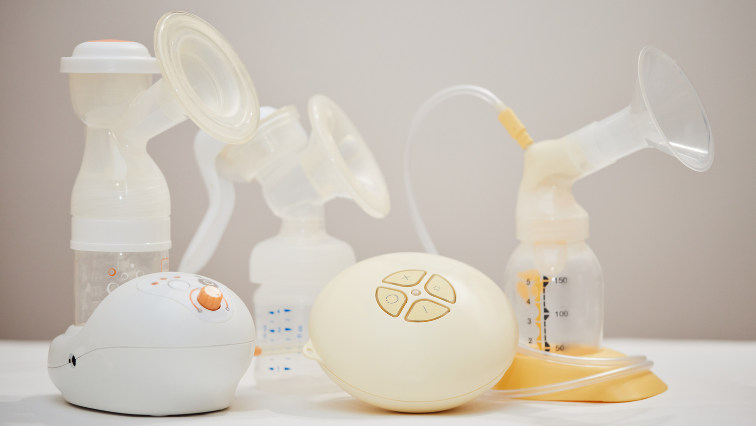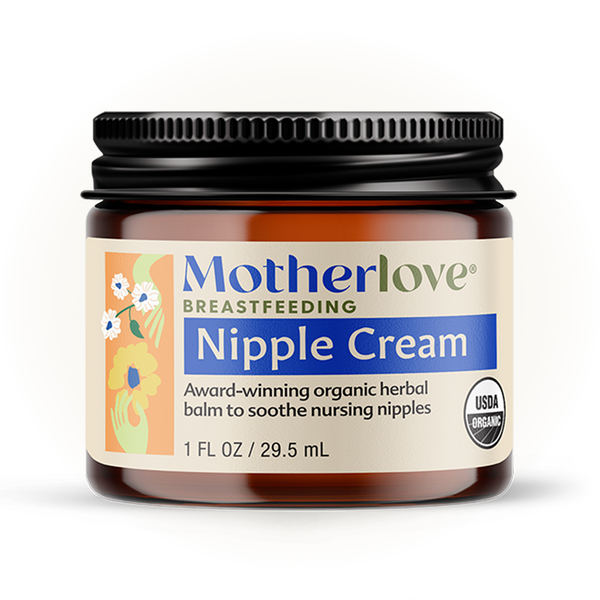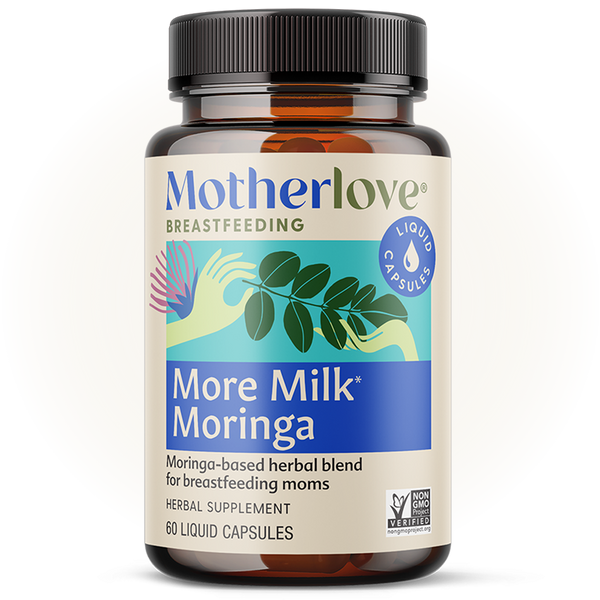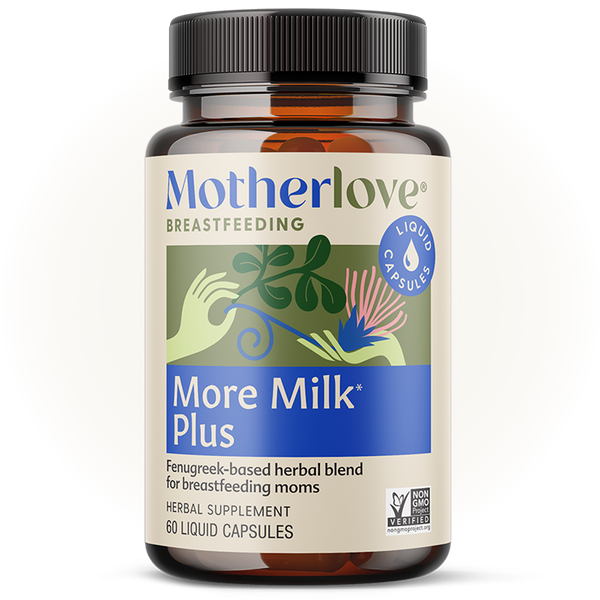Written by Wendy, IBCLC.
Pumping milk for your baby is truly a gift, but it doesn’t come without effort. It’s common to have many questions and concerns along the way. One question that many pumping mamas have is how often they need to replace their pump parts and accessories.
In addition to keeping up with the actual pumping, it’s important to ensure that your pump is in good working order, because this ensures that pumping remains comfortable and that you produce a sufficient amount of milk for your little one.
While guidelines vary according to how often you pump—an occasional pumper will have to replace pump parts less often than a primary or exclusive pumping mama—everyone should be aware of the guidelines for replacing breast pump parts.
Here, we’ll cover everything you need to know about replacing your breast pump parts and keeping your pump working as well as possible.
WHY IT'S IMPORTNANT TO CHANGE PUMP PARTS
You might think that changing pump parts is just a suggestion, or that it’s overkill to replace these parts as often as recommended, but keeping your pump parts in good working order will help ensure that your pumping goes well.
Worn-out or broken pump parts can lead to:
- Decreased breast milk supply
- Sore nipples
- Clogged ducts/mastitis
- Unsanitary pumping, as bacteria can build up in pump parts that aren’t frequently replaced
HOW TO KNOW IT'S TIME TO CHANGE PUMP PARTS
You should change your pump’s parts according to the schedule below, but you should also consider changing the parts if you notice:
- Any parts that look worn, torn, or flimsy
- Any mold or discoloration on your pump parts
- That the suction on your pump doesn’t feel as strong as it once did
- That you are pumping less milk than before
- That pumping is causing sore nipples or other discomfort
If you notice any of the above symptoms, you should call your pump company to troubleshoot. They may have other suggestions besides replacing pump parts, but they may ask that you replace parts. They can also give you more specific suggestions as to which parts to replace and why.
HOW OFTEN TO CHANGE PUMP PARTS
Most of the guidelines regarding how often to change pump parts come with a range of frequency. That’s because how often you replace your pump’s parts depends in part on how frequently you use your pump. If you use the pump seldom or occasionally, your pump parts won’t wear out as quickly. If you pump often for work or are an exclusive pumper, you will have to replace the pump more frequently.
Here's what to know about how often to replace each pump part.
Valves
Your pump’s valves help keep the suction on your pump strong, but they wear out after a few weeks. Your pump’s valves need to be replaced every 4 to 12 weeks.
Membranes
A pump’s membranes are also important in terms of pump suction power. They are delicate and can become easily damaged. Soaking them—rather than using a sterilizer or subjecting them to heat in a dishwasher or microwave—can help prolong their life. Pump membranes need to be replaced every 2 to 8 weeks.
Diaphragm or Backflow
The pump’s diagram stops moisture from flowing into the tubing of your pump and helps shield your pumping milk from any contaminants. Over time, the diaphragm can become stretched out and worn. The pump’s diaphragm should be replaced every 3 months or so.
Tubing
Your pump’s tubing can get overstretched. Importantly, moisture can get trapped in the tubes, which becomes a breeding ground for bacterial growth and mold. Tubing should be replaced every 3 to 6 months, but replace it immediately if you see mold growing in it.
Breast Flange
The breast flange is the piece of your pump that’s placed directly on your breast. It can become worn and torn, which impacts your comfort while pumping and can impact the amount of milk you pump. Milk residue and other moisture can build up on the flanges as well. Flanges need to be replaced every 6 months.
OTHER IMPORTANT TIPS
Although most pumps have these pump parts, each pump is different, so it’s important to purchase the pump parts that are made by your pump brand. Pump parts aren’t interchangeable. Using the wrong pump parts can increase the risk of the pump not working properly, can cause sore nipples, and can decrease milk supply.
It’s also important to keep in mind that purchasing new pump parts for a used pump and using it as your own is not a good idea. As tempting as it may be to purchase a used pump or get a used pump from a friend, the FDA has warned that it’s not safe to share used pumps unless the pump is a type of pump that is meant to be used by multiple users (such as hospital grade pump).
This is because single-use pumps can become contaminated inside the machine of the pump. As such, refreshing the pump parts won’t be enough to protect them from contamination.
If you are using a multiple-use pump like a hospital grade pump, make sure to buy new pumping parts (tubing, flange, milk container, etc.) when you first use the pump. If you are pumping at a hospital or birthing center, they should provide you with a sealed kit of all new pump parts to get started. But keep in mind, most sets do not come with a flange size that will fit you. So be prepared to purchase a different flange. To learn more about flange sizes, check out this blog!
WHERE TO GO FOR EXTRA HELP
If you are having trouble affording your pump replacement parts, you might consider reaching out to your insurance company. Many insurance companies will reimburse for pump parts, so it’s always worth a shot to call your insurer.
Each pumping parent’s situation is unique. If you have further questions about replacing your pumping parts, you can reach out to your pediatrician, a breastfeeding counselor, or a lactation consultant.







